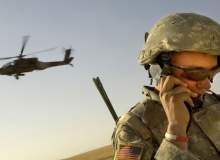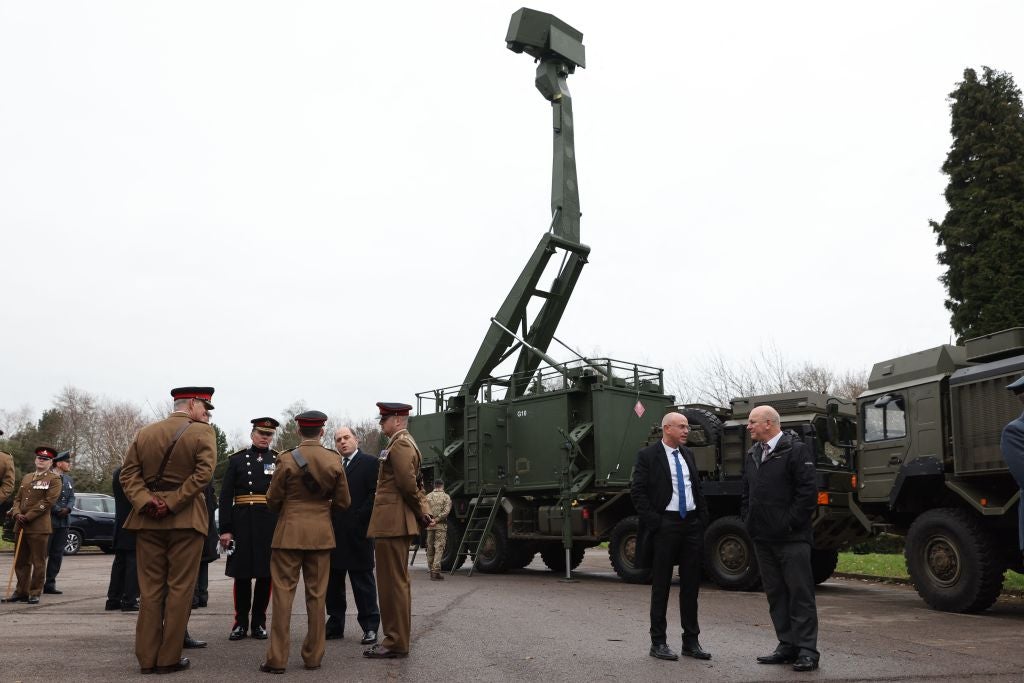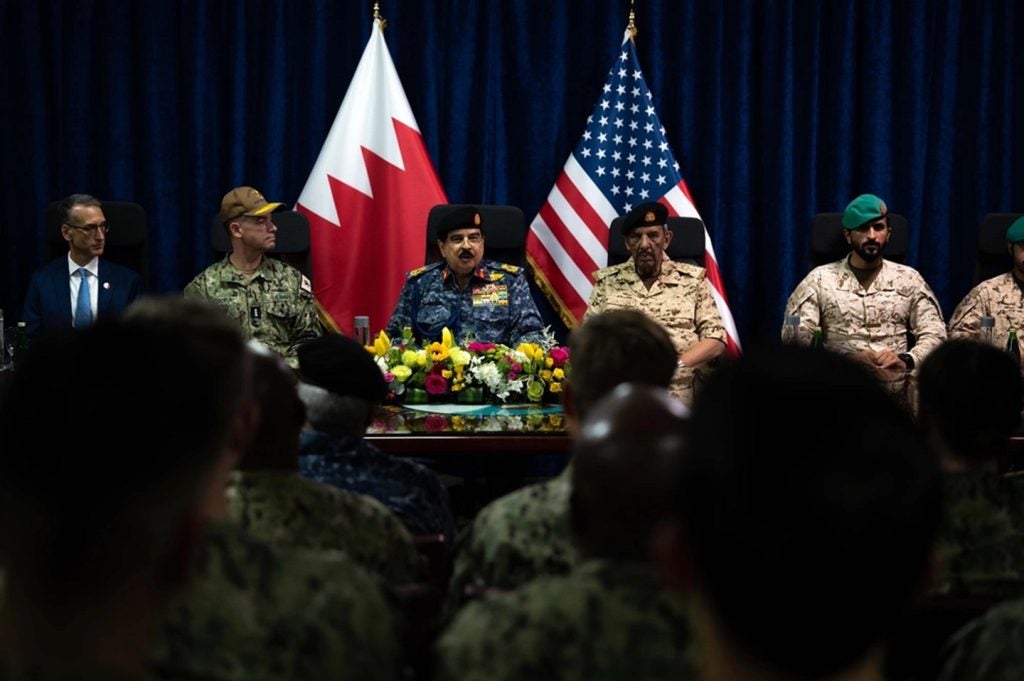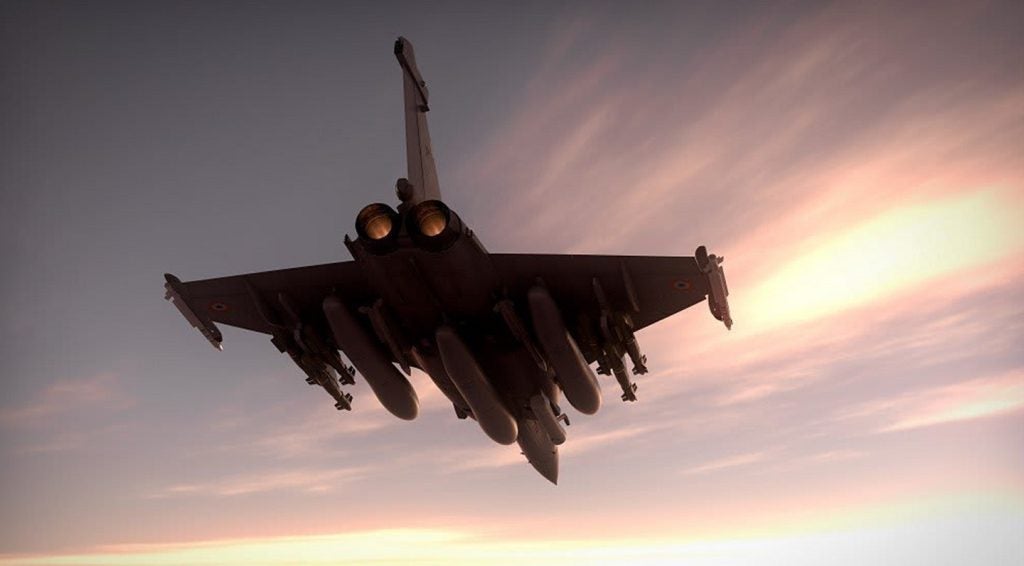

We often take it for granted that we can pick up our mobile phones and, wherever we are, make a phone call, receive an email or find our location using GPS. Using social media tools like Facebook or Twitter we can tell our friends where we are, what we are doing and what we have planned for the rest of the day. But for the military, which often operates in areas where infrastructure is lacking and an enemy is trying to block your communications, that’s a much more difficult task.
In 2010, soldiers from the US Army’s Task Force Rock, a unit responsible for protecting a US reconstruction team in Kunar Province of northeast Afghanistan, drove into Chowkay Valley. The team was quickly surrounded by Taliban fighters positioned higher up the valley, their communications equipment making them vulnerable to attack.
The soldiers had to carry short-range radios for talking to the reconstruction team, long-range radios for contacting their commanders back at base and a satellite radio in case the other two failed. A Joint Terminal Attack Controller (JTAC) attached to the unit – responsible for calling in air strikes -also had his own radio for talking with fighter jets overhead.
One of the main problems was that some of the radios could only be used while they were stationary, severely hampering movement. The patrol also lacked an effective means to quickly communicate higher up the chain of command as well as share information to other units about the enemy.
See Also:
Prioritising the soldier network
After a decade of conflict exposed many of the shortfalls in the US Army’s ability to communicate and exchange information across all levels, the US Army is now prioritising a multi-billion dollar programme to completely overhaul its networking gear. At the heart of this is the Warfighter Information Network-Tactical (WIN-T), described as the army’s "tactical backbone communications network". According to the US Army, WIN-T will provide reliable and secure voice, video and data to soldiers on the battlefield.
How well do you really know your competitors?
Access the most comprehensive Company Profiles on the market, powered by GlobalData. Save hours of research. Gain competitive edge.

Thank you!
Your download email will arrive shortly
Not ready to buy yet? Download a free sample
We are confident about the unique quality of our Company Profiles. However, we want you to make the most beneficial decision for your business, so we offer a free sample that you can download by submitting the below form
By GlobalDataThe second increment of WIN-T marks the first time commanders at a company level will have wide-area network access.
The MoD has set up a number of villages to realistically simulate potential and current theatres of combat.
"WIN-T Increment 2 is being fielded to the Army at a critical time," WIN-T Project Manager Colonel Ed Swanson said in an interview last year. "This will be important in Afghanistan, where the coalition forces’ footprint is shrinking and many of the forward operating bases and fixed sites used to access the network are being shut down."
Part of WIN-T can be traced back to 1997 when the US military launched the Joint Tactical Radio System (JTRS), a project aimed at simplifying communications and introducing standardised radios and devices across the armed forces. In theory, the JTRS would significantly reduce the amount of radio required through the use of software-based equipment able to interpret several different radio "languages" or waveforms – a family of radios with a common software core that could perform multiple roles compared with hardware-based radios.
Giving soldiers the real-time edge
Seventeen years on, and billions of dollars later, the US military effectively cancelled JTRS and has only now started deploying a common network solution to Afghanistan, ironically when wars in Iraq and Afghanistan are effectively over.
The Pentagon is hoping WIN-T will be able to address many of the shortcomings that still exist in battlefield communications and management. It will, the US military says, give soldiers real-time information that was once only available inside a Tactical Operations Centre. Like a military equivalent of Facebook or Twitter, commanders will be able to share information on their unit’s location, possible locations of enemy forces and send text messages and video.
Through the improved network, soldiers will use mobile technology – including off-the-shelf gear – and have much greater situational awareness on the battlefield. Units will even be able to tap into feeds from drones flying overhead. Part of this improvement effort is a programme called Nett Warrior, which connects dismounted troops to the new network via off-the-shelf equipment like Samsung tablets and mobile phones.
In October 2012, over 1,000 soldiers deploying to Afghanistan from the 10th Mountain Division were equipped with Motorola Atrix smartphones as part of Nett Warrior. The phones, packed inside green cases and mounted onto soldiers’ chests for easy access, are connected to Rifleman Radios. The Rifleman Radios use a Soldier Radio Waveform which allows the quick transfer of operational data over the Army network. While out on patrol, soldiers can use dedicated apps to text other units and share information across the battlefield network and up the command chain.
"It empowers subordinate unit leaders to make decisions either I would have to make or the platoon leader would have to make," an Army Captain said at the time of the deployment.
Going mobile – planning battles on the move
The latest increment of WIN-T, Increment 2, enables commanders on the move to see the same maps, troop positions, videos and reports that they would see if they were in a static command post. In essence, the network has become mobile, which means commanders on the battlefield no longer have to be tied down to command posts and can therefore respond much faster to unpredictable operations.
Increment 2, developed for the US Army by General Dynamics C4 Systems, is both self-forming – it creates its own transmission paths based on terrain and environment – and also self-healing, meaning it will automatically re-route bandwidth if a node breaks down. Both are absolutely vital if commanders are in the middle of organising troop movements on the battlefield.
Last year, the US Army began upgrading the software on its existing friendly force tracking system – known as Force XXI Battle Command Brigade and Below/Blue Force Tracking (FBCB2/BFT) system – in order to prepare for the new network. The system, which resembles a large ruggedized tablet, is fitted to most infantry vehicles like MRAPs or Stryker vehicles.
The software upgrade means any changes inputted on a vehicle’s FBCB2/BFT will be seen by a soldier on patrol with his Android device. Upgrading blue force tracking equipment and introducing Android devices formed part of Capability Set 13 – an entire package of network components and its associated equipment.
As part of its efforts to improve situation awareness and communications, the US Army will begin to field its Mid-tier Networking Vehicular Radios (MNVR) in the latest Capability Set 17. The MNVR will be capable of running high-bandwidth, government-owned waveforms, which ensures secure wireless communication and networking services. The software-based MNVR radio is at least one silver lining to JTRS; it has leveraged a lot of research and development work from the cancelled programme.
Developing the "aerial tier" of military networks
US Special Forces units could soon be getting their hands on stealth motorbikes.
Increment 2 is primarily a line-of-sight system, similar to a commercial mobile phone network, as that is where it offers the greatest bandwidth, but unlike commercial networks, it can switch over to satellite communications if line-of-sight communications aren’t available. That is often the case in the remote mountains of Afghanistan.
The next stage of WIN-T, Increment 3, will introduce an "aerial tier" and the use of unmanned aerial vehicles as network nodes to enhance reliability for the network. Another reason for introducing an aerial tier is to reduce bandwidth pressure on "overburdened" satellites as data requirements continue to expand.
There is a reason why network modernisation is one of the US Army’s highest priorities; it will save lives and make the army a much more potent force. An effective network with additional easy-to-use technology like tablets and mobile phones will significantly improve situational awareness for soldiers and reduce the risk of enemy ambushes and, importantly, "blue-on-blue" incidents. But with a troubled past, it still has to be seen whether the battlefield network will have a rosy future.
Follow Grant Turnbull on Google+


.gif)




